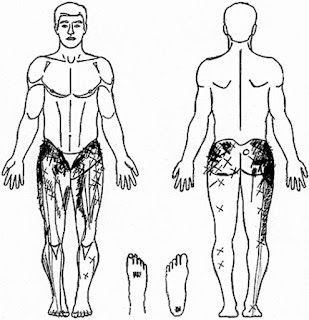 |
| Picture from Pinterest |
It's Christmas Eve and I've just finished my day at the clinic when I happened to see this article.
The authors of this study analyzed 9,800,876 surgical procedures performed by 47,489 surgeons over four years. The surgeries were all emergency procedures to prevent selection bias (patients choosing their preferred surgeons and surgeons choosing patients based on illness severity).
Four common heart surgeries, hip, thigh fractures, lung resection, appendectomy, amputation of lower extremity were among the 17 surgeries performed by these surgeons.
0.2% (2064 surgeries) were performed by the surgeons on their birthdays. These surgeons who worked on their birthdays were on average older and more likely to be men.
Here's the shocking news. Patients had a higher chance of dying (7%) within 30 days after surgery while operated by a surgeon on the surgeon's birthday compared to other days (5.6%).
This was after adjusting for patient characteristics and surgeon fixed effects (i.e. comparing outcomes of patients treated by the same surgeon on different days).
The authors suggest that surgeons may be distracted by other life events unrelated to work when they operated on their birthdays!
Perhaps from 2021 onwards we too should give our staff the day off on their birthdays so that they will not be distracted.
Here's hoping this post finds you resting and/ or enjoying time with your loved ones after one long, unprecedented year. Merry Christmas and happy holidays from all of us at Physio Solutions ad Sports Solutions.
Reference
Kato H, Gena AB et al (2020). Patient Mortality After Surgery On The Surgeon's Birthday. BMJ: 371: m4381. DOI : 10.1136/bmj.m4381.












